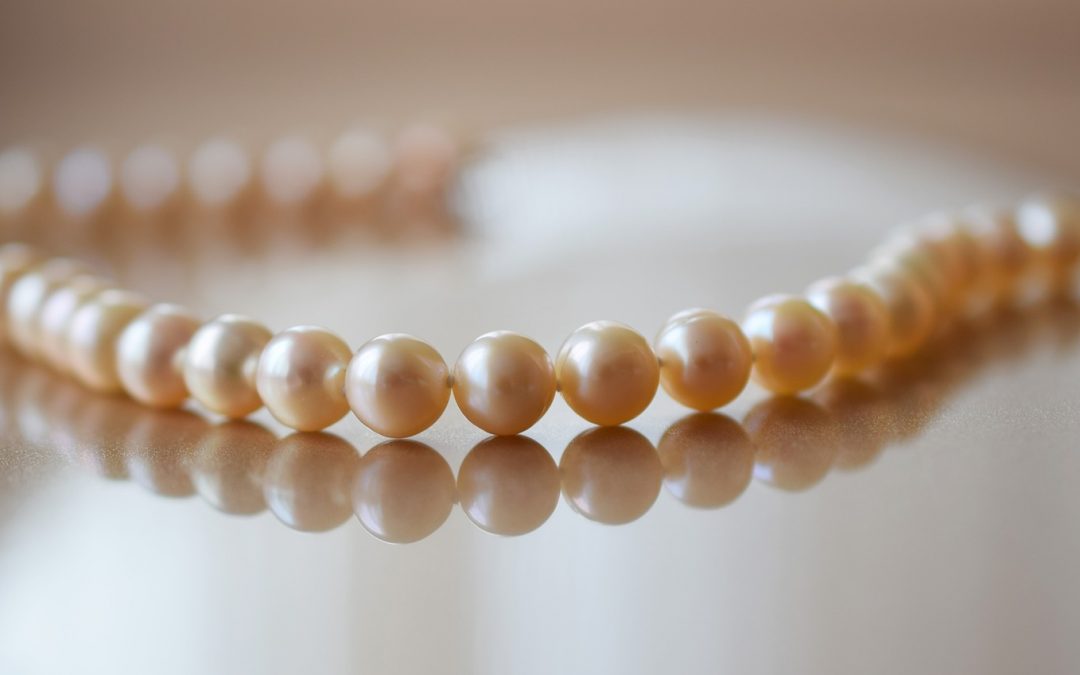
COFFEE IS A UNIVERSAL LANGUAGE THAT OVERCOMES CULTURAL BARRIERS
Coffee is a universal language that overcomes cultural barriers: a hot cup can unite people from every corner of the world.
I take the cue from this quote to confirm how coffee here has given me the opportunity to communicate with people living in areas hitherto unknown to me.
Tomislav keeps going on to update me about his project, remember I told you about his comics, but also about the photos of his coffees that he never fails to send me?

I am very grateful to him and thanks to him I discovered that in Temisvar there is a statue dedicated to Romulus and Remus.

These are his coffees!
Turkish coffee in Subotica and ‘morning coffee’ with candies from Macedonia as Tomislav called it.


Lela constantly teaches me about her Georgia, and through her love of Italy she uncovers many interesting crossovers, such as L’Antica Trattoria Toscana and Georgiana.
What better combination than food?
Speaking of food, Lela described their cheese to me: Sulguni სულგუნი, სულუგუნი which comes from the Samegrelo region and is reminiscent of our mozzarella. Do you know it?

I believe that being able to chat about any subject and listen to life’s monents, interests, and those little things that simply make up the days is absolutely interesting and instructive.
The small differences, nuances, languages, traditions, environments, which are a heritage to be preserved and passed on.
Have you ever met, known, discovered people through the ‘bridge’ represented by coffee?
A hot cup can unite people from every corner of the world.
Coffee is a universal language that overcomes cultural barriers: a hot cup can unite people from every corner of the world.
Or perhaps your point of sharing has been different.
Whatever corner of the world you come from, feel welcome and free to tell!







 Hi I'm Claudia and this is KCDC.
Hi I'm Claudia and this is KCDC.




OPINIONI